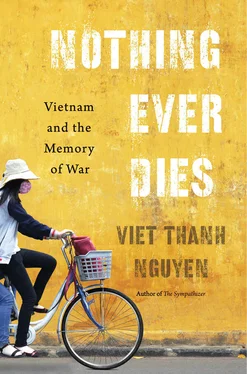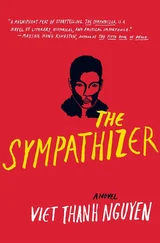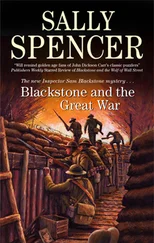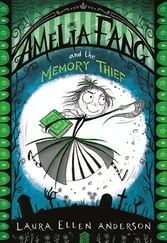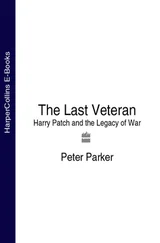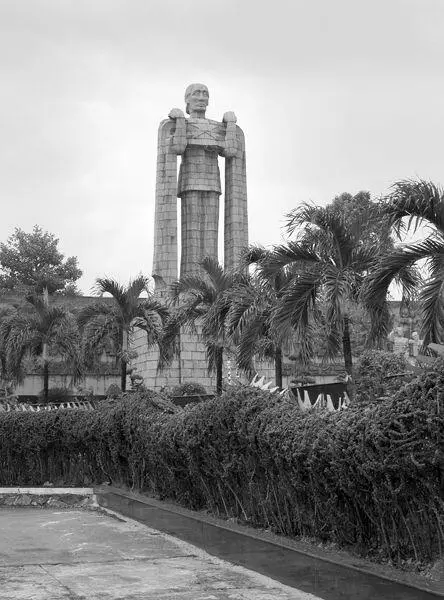
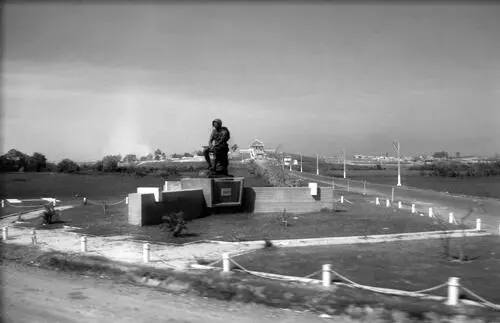
In the days when the mourning soldier still surveyed the land, it was barren and sparsely populated, and the cemetery and pagoda behind him could be seen from the road. Of this time and this place, journalist Michael Herr noted that
there is a monument to the Vietnamese war dead, and it is one of the few graceful things left in the country. It is a modest pagoda set above the road and approached by long flights of gently rising steps. One Sunday, I saw a bunch of these engineers gunning their Harleys up those steps, laughing and shouting in the afternoon sun. The Vietnamese had a special name for them to distinguish them from all other Americans; it translated out to something like ‘The Terrible Ones,’ although I’m told that this doesn’t even approximate the odium carried in the original. 19
More than thirty years later, the landscape has changed, but the abuse aimed at the cemetery has not. The mourning soldier, as he was known, has disappeared, as statues tend to do after wars end or regimes collapse. The cemetery itself is not marked by any signs and is invisible from the highway. Drive a hundred meters down a spur from the highway and one will see, at last, the cemetery’s entrance, a memorial gate overgrown by green foliage, the lettering on its faded pillars proclaiming the need for sacrifice and struggle. Workers on their noon break sit on the littered steps, smoking cigarettes. At the top of the stairs, another laborer dozes on a hammock strung between a pillar and the faded blue doorframe of the pagoda, its white walls serving as pages for lines of graffiti. Inside, the pagoda is empty except for a makeshift shrine on a wooden table, decorated with flowers in vases and an urn for incense. On my first visit, a corner of the room is charred from a fire where someone has burned something, a fire on a cold night or perhaps paper offerings to the dead. There is nothing else to see.
The actual cemetery lays a few hundred meters further west. No signs mark the route to the cemetery, which turns out to be closed for lunch. Its barred gate is rolled shut, the office is empty, and there is no indication of when anyone will return. I have traveled a long distance on a hot day, I am impatient, and over a lifetime I have learned lessons from the Vietnamese people about letting nothing get in our way. I crawl under the gate. The cemetery that I discover is the ugly, beaten, closeted cousin of the one celebrating the victors across the highway. There are the same rows of tombs nearly level with the earth, but they lay unloved, unpainted, and untended amid green meadows of uncut grass and groves of shade trees. In the center of the cemetery squats an unfinished gray hulk of a memorial obelisk, resembling an industrial smokestack. Most of the tombs are little more than neglected slabs and headstones, but a handful have been rebuilt recently. Composed of granite and marble, they appear cleanly swept and feature fresh photographs of their inhabitants. The desecrated tombs far outnumber these rehabilitated ones. Someone has vandalized the photographs of the dead on these desecrated tombs, scratching out the eyes and faces. I do not have time to count the numbers of defaced dead. Worried about my illicit entry, I return to the gate, where I find the staff has returned. My presence bemuses this handful of functionaries in sandals and short-sleeved shirts, who record my passport’s information in a ledger. When I return to visit the following year, a blue, solid metal gate on rollers has replaced the barred gate with the gap underneath. I cannot slip beneath this time. A brand new sign installed next to the gate proclaims this the People’s Cemetery of Binh An, which was not the name it bore during the war, the National Cemetery of the Army of the Republic of Vietnam. Once again I present my passport, and this time one of the staff follows me as I walk from grave to grave, put-putting on his motorbike.
These decaying tombstones and this neglected cemetery evoke in me the same emotion I sometimes felt in libraries of years past, encountering books whose checkout cards recorded last encounters with readers from decades ago. Forgotten people and forgotten books exude the same melancholy, for books, too, live and die. Bao Ninh writes of how Kien’s novel has its own autonomy, how it “seemed to have its own logic, its own flow. It seemed from then on to structure itself, to take its own time, to make its own detours.” 20What alleviates melancholy in both The Sorrow of War and this Bien Hoa cemetery is the sense that both books and the dead live in their own ways. “As for Kien, he was just the writer; the novel seemed to be in charge and he meekly accepted that.” 21After the novelist disappears, his book remains. In the cemetery’s case, the dead are too dangerous to be unguarded, but also too dangerous to be bulldozed, or at least completely. They remain a precious resource, for the state might one day use them to reconcile with the country’s defeated exiles.
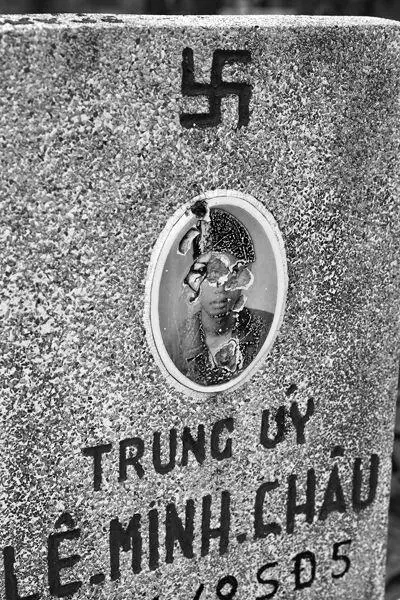
They, too, demand their share of memory. They have created plans for renovating this cemetery and display them in the only museum that commemorates their experiences, the Museum of the Boat People and the Republic of Vietnam. It stands in the History Park of San Jose, California, the city where I was raised and home to a Vietnamese community that is the second-largest outside Vietnam. A small, two-story Victorian house, the Viet Museum, as it is also known, is an apt metaphor for exilic memory, overstuffed with amateurish exhibits and historical relics kept in someone else’s home. Its hours are so irregular that the first two times I visit, the doors are locked. I peer through the windows to see mannequins outfitted in Republican uniforms and a bronze sculpture of a slightly larger than life southern soldier, all inhabiting what was once a parlor. On my third try, the museum is open, run by husband and wife custodians. The mood in the handful of rooms, denoted in the captions and narratives, is one of sorrowful memory and mourning for dead soldiers, forgotten heroes, and what I think of as oceanic refugees, a term that lends more nobility to the sufferings and heroism of those whom the Western press called the “boat people.” The soldier is not in a fighting posture. Instead, he kneels before a comrade’s grave, while nearby a small diorama shows a model of the national cemetery, as groomed and as green as it could be if the victorious state would allow it. Until that moment of reconciliation, the state and party will exclude the exiles and their dead from memory, for part of the ethics of remembering one’s own is the exclusion and forgetting of others.
But this forgetting also begets remembering (sometimes thought of as haunting). This is especially the case when forgetting is not accidental but deliberate, strategic, even malicious — in other words, disremembering. Thus, in the aftermath of any war or conflict, the defeated and disremembered will inevitably seek to remember themselves, although not as others. So it is that the refugees from this country and this war have also engaged in an ethics of remembering their own, knowing their country of origin has erased or suppressed their presence. The greatest work of collective memory these defeated people have created is not a museum or a memorial or a work of fiction but is instead their archipelago of overseas communities, the largest and most famous of which is Little Saigon in Orange County, California. Little Saigon and similar communities worldwide are “strategic memory projects,” as scholar Karin Aguilar-San Juan calls them. 22Little Saigon’s residents see it as the embodiment of the “American Dream in Vietnamese,” where capitalism and free choice reign. 23Bolsa Avenue in Little Saigon is the most famous thoroughfare in the refugee diaspora, its eight lanes more commodious than Highway 1A, its sidewalks more usable than any in the country of origin, its restaurants cleaner and oftentimes offering better native food than that found at home. For more than a decade after war’s end, perhaps two, as the homeland suffered from failed collectivist economic policies, explosive inflation, the rationing of necessities, and an American embargo that was part of a continuing “American war on Vietnam,” Little Saigon’s malls were more spectacular and its entertainment industry more vibrant than the homeland’s. 24Little Saigon was a triumph of capitalism and a rebuke against communism, and in this way it fulfilled its role as the ultimate, much belated strategic hamlet so desired by the southern government and its American advisors.
Читать дальше
